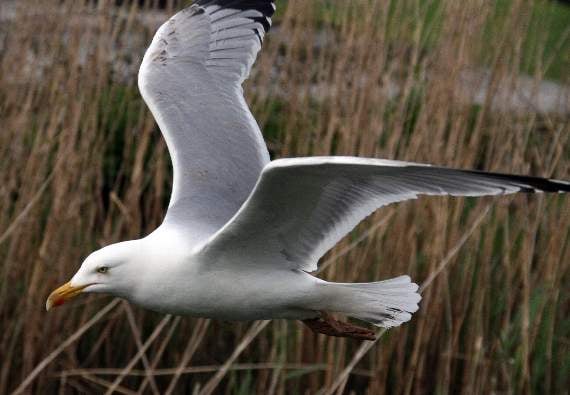I had an appointment in Liskeard so afterwards I took advantage of the free parking and walked down around the Sun Girt Lane area even though the weather was a bit on the damp side. On the approach road down to the bottom car park there are still some winter heliotrope flowers – Petasites fragrans -out in bloom across a huge spread on round green leaves. As the name suggests, their pink blooms have a lovely almond perfume to them that can be enjoyed from the roadside.
The east facing bank beside the bottom car park was half covered with harts tongue ferns – Phyllitis scolopendrium – and spread out among them were clumps of lady fern – Athyrium filix-femina – and all were growing among the snowdrops.
Daffodil and bluebell leaves were shooting out from the ground as were the leaves of ramsons and arum or lords and ladies plants. On a nearby stone wall there were more ferns growing, these were small maidenhair spleenwort. I once found loads of these beautiful little ferns growing inside one of the old lime kiln buildings at Moorswater.
There were several tiny buddleia bushes – otherwise known as the ‘Grow anywhere butterfly bush’, on the walls and hedges. If you think I am kidding about this name, take a walk around the roads of the town and count up the number of buddleia bushes you see growing on old stone walls, on rotten window and door frames and beside pavements. If you look up you will even see some growing on chimneys, but they must take credit for attracting loads of butterflies.
I was surprised to find some daffodils in bloom, unfortunately they were not of the wild variety, but they will soon be in bloom. Several of the hazel trees are now sporting their catkins, which are male flowers that come before the leaves sprout. The tiny red female flowers at top of picture, eventually open out to 4 - 6mm wide and will be pollinated by the wind.
Liskeard town’s ‘National bird’, the very unpopular herring gull has a name that suggests it eats fish, but I reckon there have been numerous generations of the noisy gulls that have never seen a fresh fish. Instead, they feed on what is thrown out by householders’ takeaways and I don’t think these birds ever go near the sea.
I lived in the town for over fifty years, so I got to know a lot of people and can remember one elderly lady who lived in Lake Lane Estate who loved to feed a seagull in her back garden. Eventually, Joey, as he was named, would follow her into the kitchen where he would jump up onto the worktop to show off in front of his mates outside looking in.




